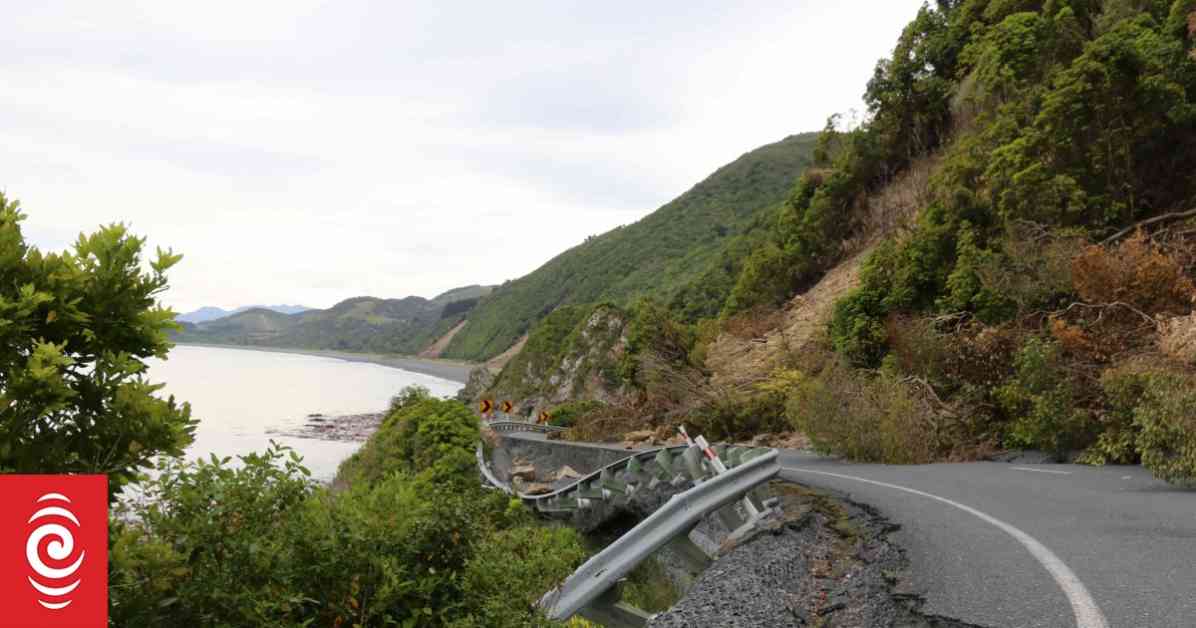In a bid to enhance earthquake forecasting along New Zealand’s largest fault, the Hikurangi subduction zone, a team of dedicated researchers is diligently unraveling the complex dynamics that could lead to a catastrophic quake and ensuing tsunami with devastating consequences. Amidst the tranquil waters off the East Coast of the North Island, the intricate dance of tectonic plates unfolds, as the Pacific plate plunges beneath its Australian counterpart, setting the stage for potential disaster.
A Chilling Scenario: The Stakes are High
Painting a grim picture of what could unfold under a 9.1 magnitude earthquake and the ensuing tsunami, the National Emergency Management Agency warns of a staggering toll: tens of thousands of lives at risk, hundreds of thousands displaced, and a staggering $100 billion in building damages. The looming specter of such a cataclysmic event underscores the urgency to decipher the subtle clues that nature provides before unleashing its wrath.
Decoding Earthquake Patterns: Unraveling the Mysteries of Swarms and Slow-Slip Quakes
Venturing into the heart of seismic activity, researchers from Otago, Victoria, and Massey universities, in collaboration with GNS Science, are on a quest to untangle the correlation between earthquake swarms and the ominous potential for massive earthquakes characterized by prolonged shaking and widespread devastation. Unraveling the enigmatic nature of these seismic phenomena, the team meticulously scrutinizes the intricate web of quakes and tremors that often go unnoticed, yet hold vital clues to the impending danger.
A Delicate Balance: The Interplay of Swarms and Slow-Slip Quakes
As the researchers delve deeper into their investigations, a compelling link emerges between earthquake swarms and the stealthy slow-slip quakes that stealthily unfold over weeks to months, evading detection by the untrained eye. The intricate dance of these seismic events unveils a delicate balance between stress release in some areas and potential build-up in others, shedding light on the underlying forces that could trigger a catastrophic earthquake along the Hikurangi subduction zone. Despite the absence of large earthquakes in modern records, the subtle tremors beneath the surface hint at an impending upheaval that could reshape the landscape in an instant.
Charting the Course: A Glimpse into the Future of Earthquake Forecasting
With the stakes higher than ever, University of Otago Professor Ting Wang sheds light on the unsettling projections that hint at a 26 percent chance of a magnitude 8 earthquake striking the lower North Island in the next 50 years. Fueled by a relentless pursuit to narrow down the forecasting window, the research team strives to push the boundaries of seismic prediction, aiming to provide insights that could potentially save lives in the critical moments leading up to a catastrophic event.
A Race Against Time: Bracing for the Unthinkable
As the clock ticks on, the chilling scenario painted by NEMA’s 9.1 Hikurangi quake looms large, casting a shadow of uncertainty over the coastal communities at risk. With over 22,000 casualties projected in the wake of a tsunami, and a staggering $144 billion worth of damages foreseen, the urgent need to decipher nature’s cryptic warnings grows more pressing by the day. Amidst the looming specter of disaster, the diligent efforts of the research team offer a glimmer of hope, as they strive to decode the seismic puzzle and provide a beacon of light in the face of uncertainty.
Sign up for Ngā Pitopito Kōrero, a daily newsletter curated by our editors and delivered straight to your inbox every weekday, to stay informed on the latest developments in earthquake research and preparedness.

















